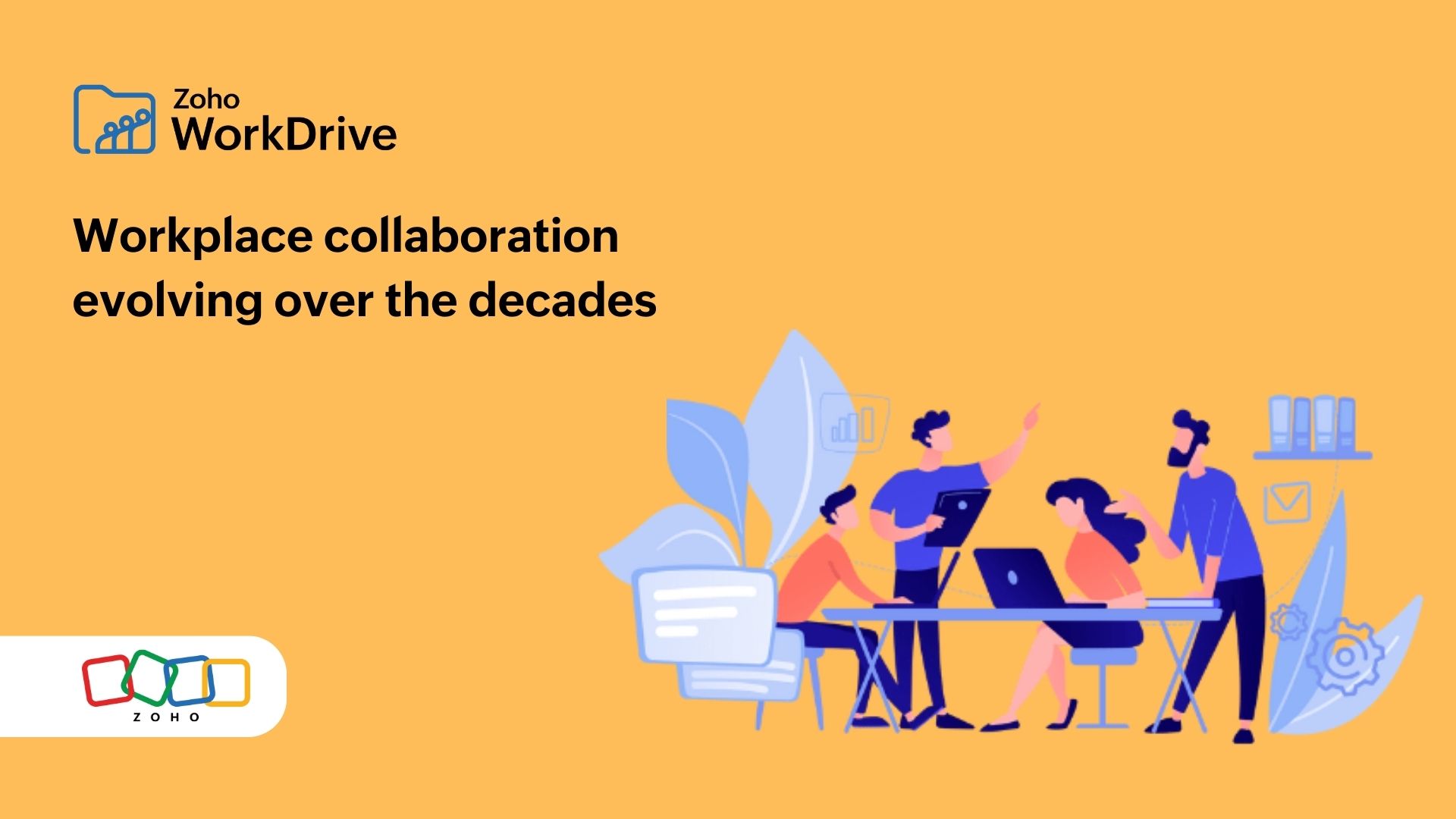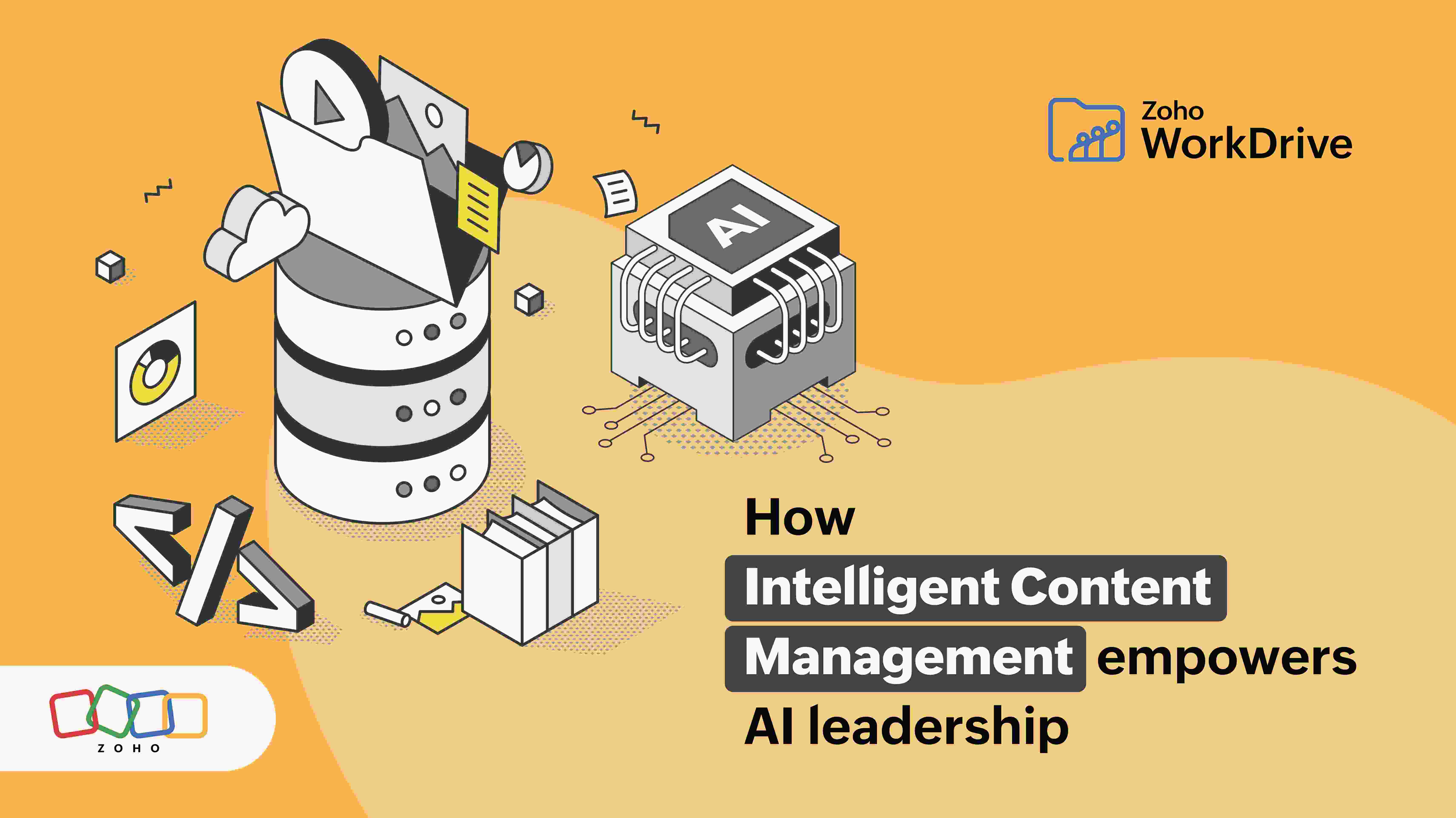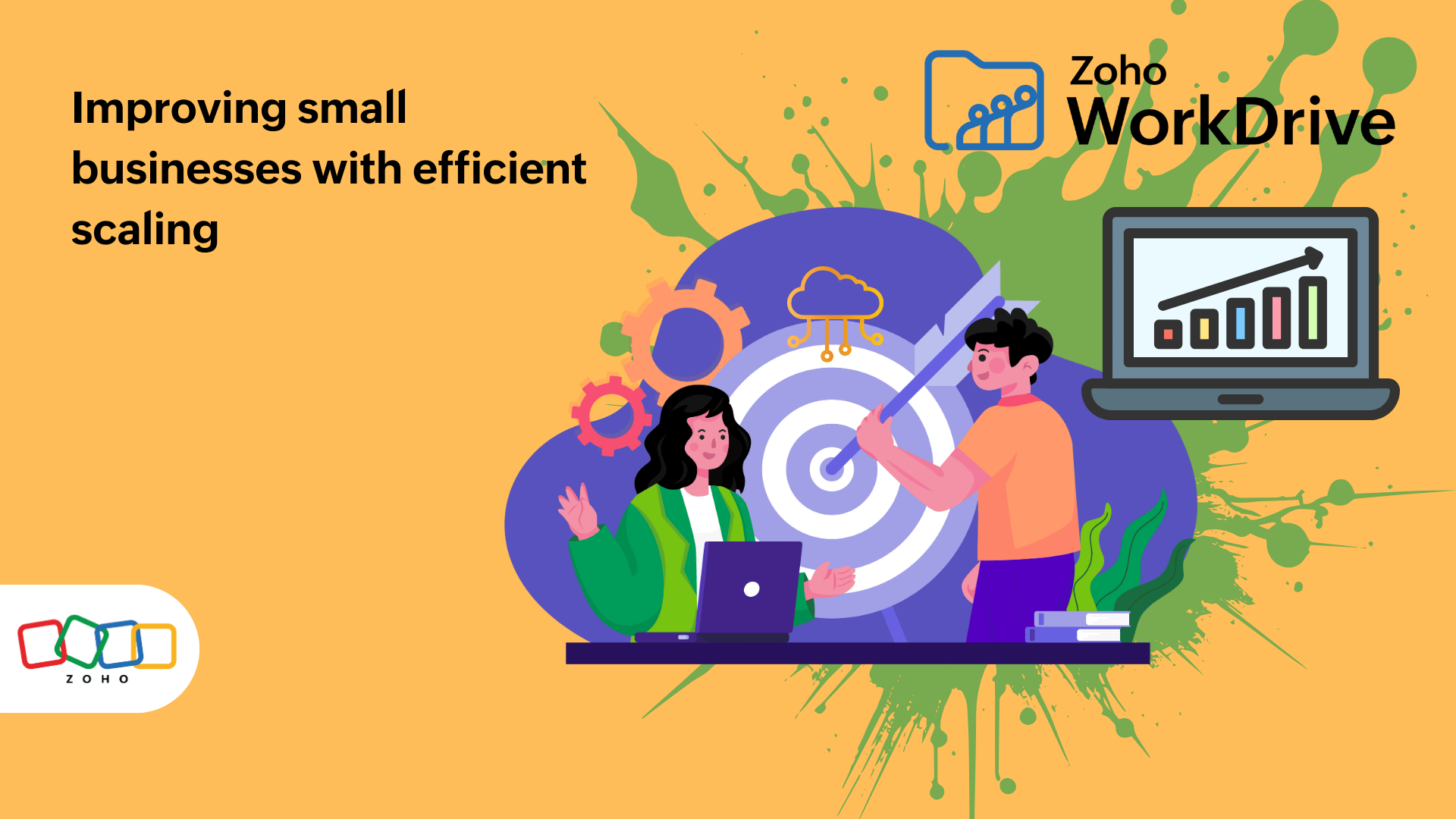- HOME
- Work Culture
- How has workplace collaboration changed over the decades?
How has workplace collaboration changed over the decades?
- Last Updated : December 17, 2023
- 898 Views
- 6 Min Read

As human beings, working together to get the job done is by far one of the strongest skills we have. While we’re different individuals, it’s this diversity that, when combined, produces amazing outcomes.
Collaboration, as a concept, is deeply ingrained in our lives from the very start. When it comes to our jobs, it’s an important professional asset for anyone.
The idea of collaborating at work has only slightly changed over the last few decades, but the methods with which we connect and collaborate with others have become better and made us more effective in our daily lives. So, let’s see how the workplace has evolved and continues to build on the simple, yet elegant thing we call collaboration.
Here at WorkDrive, collaboration needs no introduction but, simply said—it’s working together with others to get something done. Now that we’ve got the definition out of the way, let’s talk about why it’s necessary for the workplace and how much its style has changed over time.
Collaboration: then and now
Let’s begin from the mid-80s to the late-90s when corporate culture and, by extension the workplace was becoming more modern and—for the lack of a better word—cramped. Yes, you read that right.
 Rows of cubicles back to back? Check. Mountains of folders and a huge server snuggled away in an unseen data admin room? Spot on. The corner office with three telephones, a computer, complete with a fax machine or a printer, sometimes both? Right on target!
Rows of cubicles back to back? Check. Mountains of folders and a huge server snuggled away in an unseen data admin room? Spot on. The corner office with three telephones, a computer, complete with a fax machine or a printer, sometimes both? Right on target!
While it seems like the juggling of controlled chaos to someone who’s working now, a workplace like that was normal for the time. Collaboration was not a buzzword and your work was segregated by levels of checks and returns. It was cooperative work where you only relied on another person when your task was complete and needed approval to move on to the next level until it finally made it out of the rigorous system.
It isn’t as gloomy as we make it out to be as work was still getting done and everyone was getting their due.
The thing that necessitated change was speed and effectiveness. This is how we came to the telegram from the humble snail mail. This is how we came to laptops from the gigantic mainframes. This is also how we came to open workspaces from cubicles.
Conversations over phones and emails slowly took over the usual correspondence. The obscene amount of physical files and folders inside someone’s cabinet and rolls of data reports on paper were replaced with computer file management and database systems.
The workplace as we knew it slowly started to evolve by trimming away excessive physical baggage and, with that, enabled more humanized relations to flourish. Human collaboration, as it was meant to be, resurfaced once this border broke.
And even then, we weren’t fast enough. We had to go the extra mile.
The early days of collaboration: Data Storage and Communication then
The advent of instant communication made long-distance communications quicker; collaboration was no longer about being together with peers under the same roof.
Emails paved the way for work-intranet chatrooms and one-on-one chat messengers. These initially stopped a person from leaving their seat to go to another department’s section or to a breakout room for full-blown meetings. Instead, conversations could start and finish in a few minutes while everyone was still connected with the rest of their tasks.

It came to a point where what used to be multiple phone calls became multiple direct messages. No matter how much you dislike multitasking, you can still understand which method is faster.
Similarly, data management has come a long way. We used to hoard plastic portfolios in cabinets and store important documents in lockers but now everything is in zeroes and ones behind layers of encryption and passwords.
On-premise software suites in the workplace made sure everyone was able to create documents and was able to work on different projects with others as long as the computers were connected to the same wired network.
While this improved connectivity with your peers, it still had the single-user point of view in focus. There were shared folders for the network to access shared resources, but any personal resources had to be shared directly with the other person (sometimes even with physical storage devices, *shudders*) and weren’t immediately accessible. You couldn’t share it right away unless you saved it to that shared folder where every eye in the company could grab a peek.
This also led to problems if you were away from your computer. You had complete control over your computer’s data but if you didn't make a copy of a document and share it, no one else could access the file unless your computer was turned on with open access. Forget the fact that there wasn’t any synchronization there either unless it specifically existed in the office’s shared folder.
Adding to the fact that while collaboration was being made properly systematic still with these changes, the clunkiness of data transferring and the on-premise storage being held fully responsible on your workplace’s server meant any mishap to it still meant the end of your data—unless backed up separately on other devices/storage. Yet, that didn’t guarantee you the latest version of your data and slowed down your work process, and in turn, it slowed a team.
While collaboration was becoming easier with these changes, data transferring still felt clunky and on-premise storage increased the risk of your data being lost if the workplace's server crashed. To avoid this, backup storage devices would need to be maintained, which wasn't always done. This also didn't guarantee that the latest version of your file or data would be available on that backup. All of this could slow down the work process.
This is exactly why the cloud is so important to any organization, or us as collaborative human beings!
WorkDrive: Making accessibility and collaboration seamless

Cloud computing ushers in a finer level of control and security over your data as well as better accessibility to them for your peers. This is largely because you needn’t worry about what can happen to your data since:
It’s stored in a secure data center with measures taken to protect it electronically as well as physically in case of any wayward natural disaster.
There are multiple methods to share and secure data while staying connected with your peers.
The safety provided with this system means online file management systems like WorkDrive can focus more on improving a user’s experience when it comes to how they handle their files.
While you were once held up by being unable to immediately share a newly created document with your teammates unless you uploaded it to a specific shared network folder, you can now create it in a team folder that only has you and your teammates, or even share it directly with a teammate for them to checkout.
With external file sharing, you can even share the file as a link with people outside via a simple email or copied to your clipboard and pasted into a direct message. In the past, this would have meant creating the whole email on a separate application. Additionally, unlike emails or even hosting it on a server, you can secure the document link with proper measures like password protection and link expiration so only the recipient can view it and only for a certain time.
As long as a teammate has the correct access levels, they can check, comment, or even edit your files. Such permissions are easily set up on current file management systems, which was something older software didn’t have; either anyone had full control over everything in a shared environment or nothing. There wasn’t any in-between here and no way to track who did what. This meant unknown mistakes were carried to other people you were collaborating with and, unless found manually, were irreversible.
Modern features such as version control and activity logs help find and identify when, where, and who made changes and, if needed, revert them. This essentially makes it easier to communicate what needs to be changed with your peers, no matter where they’re located.
Conclusion
Work is best done together and with cloud computing, there’s no such thing as distance when you’re connected to all your data all the time. The evolution of technology has changed the way we approach work. There’s a level of transparency that makes sure everyone who should know about the tasks, knows about it. From the tiered systems in the past, we’ve come to collaborate seamlessly with multiple peers on different projects with the flexibility provided by the tools we use.


